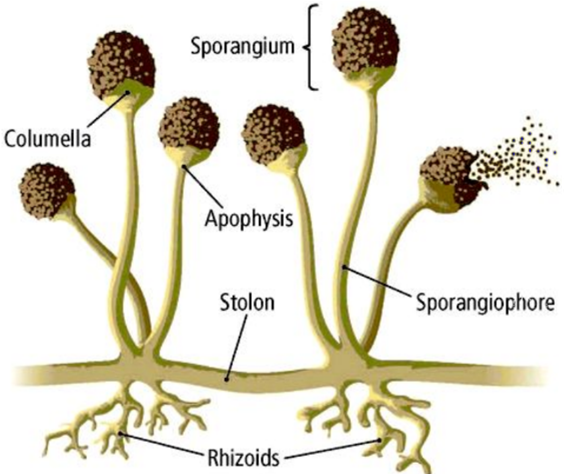CBSE
Class 10 Class 12
Types of reproduction:
There is two main types, viz. asexual and sexual reproduction.
Asexual Reproduction: When a single parent is involved and no gamete formation takes place; the method is called asexual reproduction. No meiosis happens during asexual reproduction.
Sexual Reproduction: When two parents are involved and gamete formation takes; the method is called sexual reproduction. Meiosis happens during gamete formation; which is an important step of sexual reproduction.
Modes of reproduction involving a single parent, without involving gametes. These are known as asexual modes of reproduction.
Organisms can reproduce asexually in many ways.
A bud is formed which develops into tiny individual. It detaches from parent body upon maturation and develops into new individual. E.g., Hydra

Fission: The parent cell divides into daughter cells.
Binary fission: The mother cell divides into two daughter cells, and each daughter cell begins its life like a new individual. E.g., amoeba.
Multiple fission: The mother cell div many cells. E.g., Plasmodium
In multicellular organisms with simple body organization, simple reproductive methods have been noticed. Reproduction by fragmentation is seen in filamentous algae, e.g. spirogyra. In Spirogyra algae, the plant body breaks up into smaller fragments. Each fragment grows into a new individual.

If the organism is somehow cut or broken into many pieces, each piece grows into a complete organism. For example, simple animals like Hydra and Planaria can be cut into any number of pieces and each piece grows into a complete organism. This is known as regeneration.
Regeneration is carried out by specialised cells. These cells proliferate and make large numbers of cells.

Rhizopus produces hundreds of microscopic reproductive units called spores. When the spore case bursts, the spores spread into the air. These airborne spores land on food or soil, under favourable conditions like damp and warm conditions, they germinate and produce new individuals. Most of the fungi like Rhizopus, Mucor etc.
Bacteria and non-flowering plants such as ferns and mosses reproduce by the method of spore formation.

Vegetative propagation is the ability of plants to reproduce by bringing forth new plants from existing vegetative structures without sexual reproduction.
Some examples of vegetative propagation are given below.
In many plants, new plants develop from vegetative parts such as :
By roots: E.g., dahlias, sweet potato.
By stem: E.g., potato, ginger.
By leaves: E.g., bryophyllum (leaf notches bear buds which develop into plants).
Artificial Vegetative Propagation: Artificial vegetation used to grow plants. This has enabled farmers and horticulturists to grow many plants in shorter duration.
Types of artificial vegetative propagation:
Cutting - A part of stem is cut and the cut end grows into a new plant when placed in moist soil, for example, mango, guava, litchi, lemon, rose.
Layering - The stem of a plant is bent down until it touches the soli. The stem is then cut once it develops roots and grows into a new plant for example lemon, rose and jasmine.
Grafting - The stem of a plant is cut and then fitted on another strong plant and covered with grafting wax. For example, apples, oranges, watermelon, ornamental plants.
Air Layering - A slanting cut is made in the stem and kept separate with a toothpick. Moss and plastic is wrapped around it till roots grow. Then new plants is cut and planted separately.
